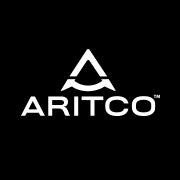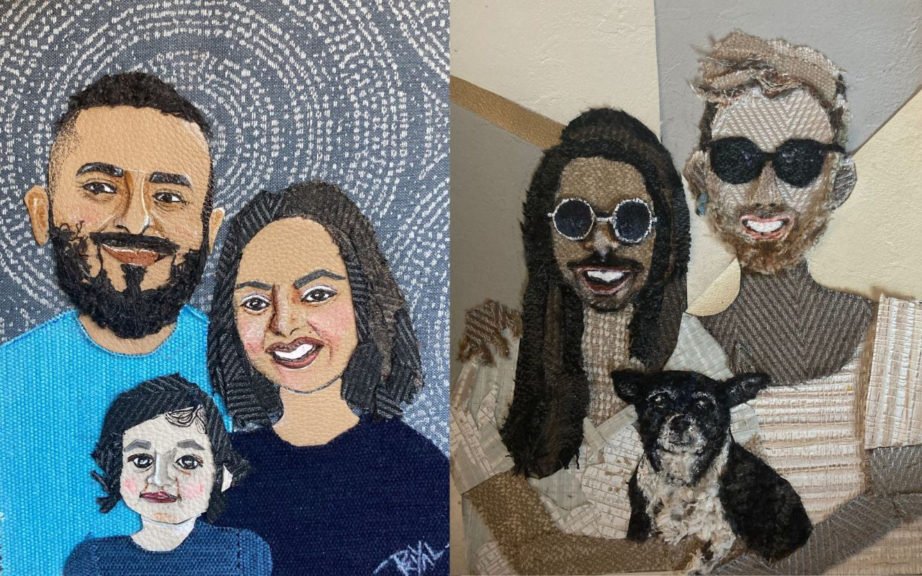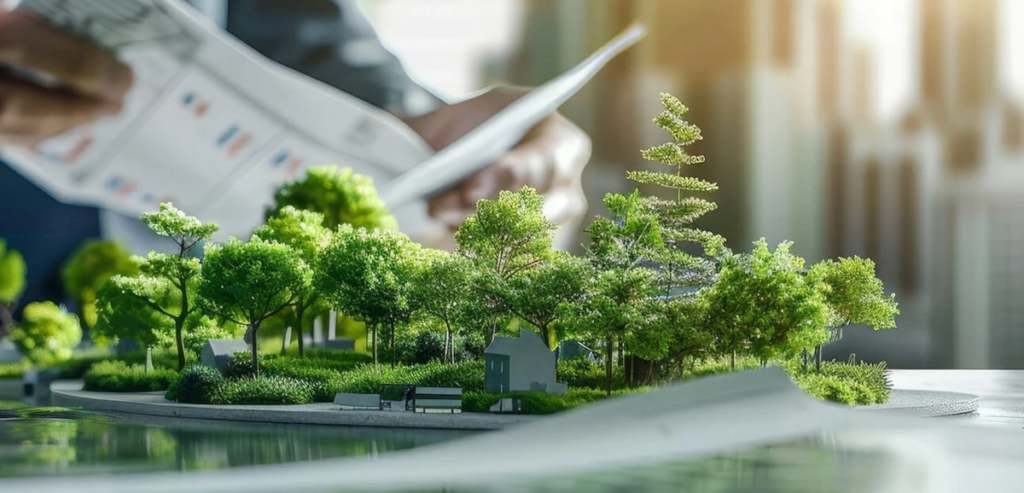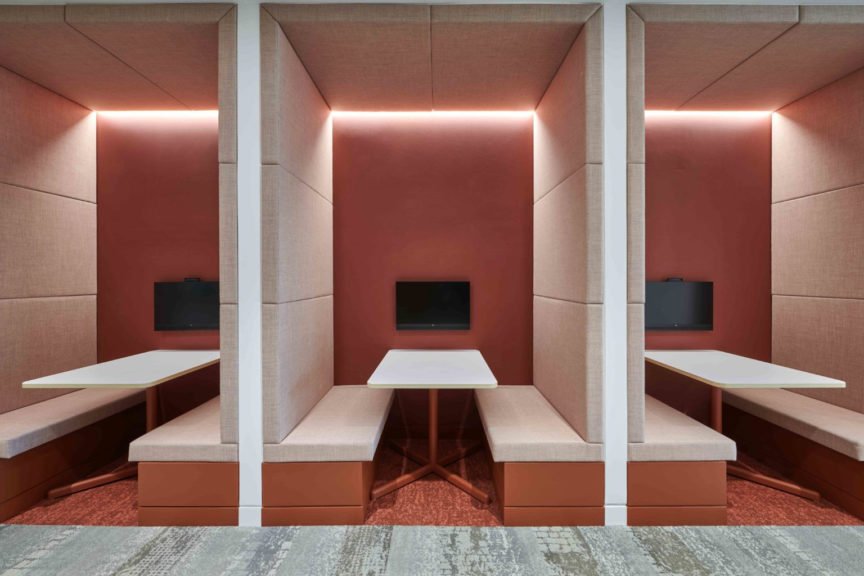The demand for Dubai luxury residential units is at an all-time high. Whether out of necessity or by choice, eco-friendliness and sustainability are emerging as the new core ideas that are being incorporated into the luxury housing market. So, is sustainability becoming the new gold standard for luxury living?
This was the title of the panel discussion recently hosted by Aritco, this year’s headline sponsor of design talks at The Forum at Downtown Design, which featured Meshary Al Nassar, founder of Studio Meshary Al Nassar, Sawsan Haber, creative director of Dipuigi interior architecture studio, and David Schill, Aritco’s global marketing director.
During the talk, moderated by Marina Mrdjen, founder of Intelier, the panel discussed ways to reduce the carbon footprint while seeking more sustainable solutions to new design challenges.
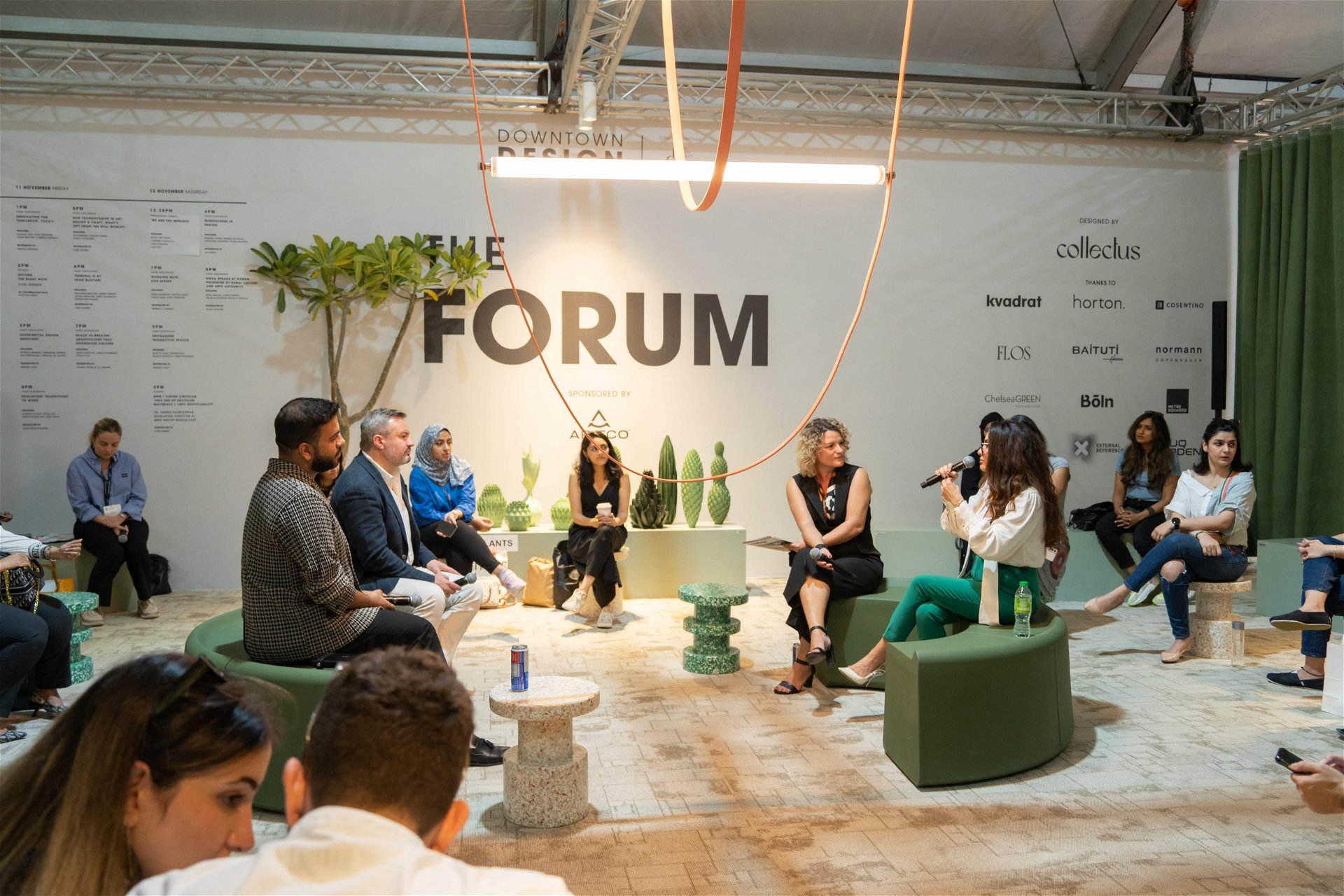
Schill emphasised that the responsibility for sustainable products and practices lies with the brand along with the durability and longevity of its products.
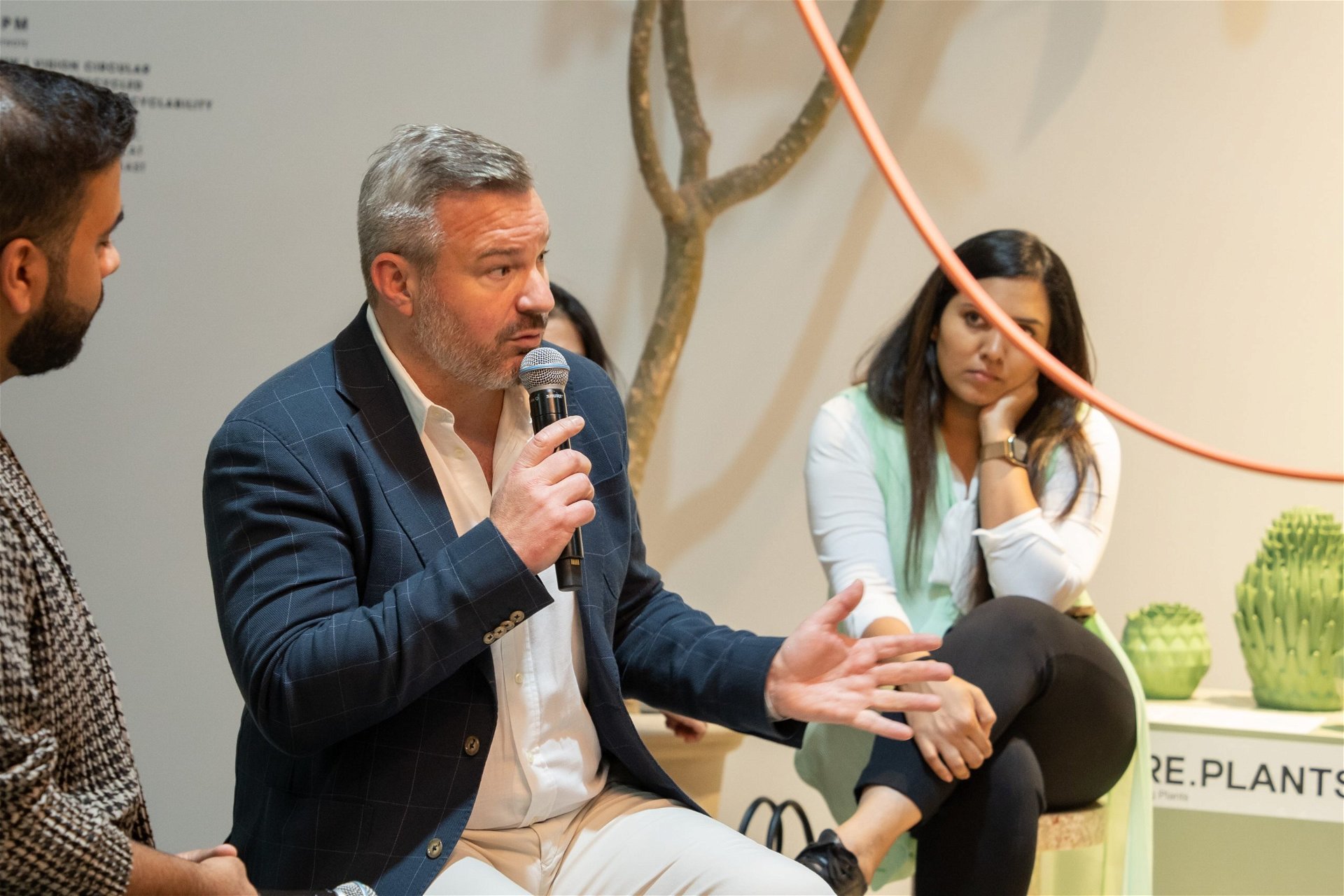
“If the one with no means, goes in the forefront, nothing will happen behind them. It is essential that the luxury market leads sustainability from the forefront.”
Luxury residences in Dubai have been fully sold out by all major developers and are trading at higher prices on secondary markets due to high demand.
Henley Global report predicts that about 4,000 high-net-worth individuals are expected to relocate to the UAE by the end of 2022. Additionally, the Land Department data shows that the luxury housing market rose in value by 61.56 percent and increased in sales volume by 45.86 per cent from Q2 2021 to Q2 2022.
Additionally, Saudi’s giga-projects such as Amaala and The Red Sea Project, are expected to create a brand-new luxury residential market in the kingdom.
Kuwait, on the other hand, is tackling its real estate scenario as it is listed among the least affordable places in the world to own a home. Reports also state that Kuwait’s price-to-income ratio is 15.8, the lowest in the GCC, three times as high as Dubai and Abu Dhabi, five times that of Saudi and three times higher than London and New York.
Economic factors driving the luxury housing market
The discussion began with the insights of Meshary Al Nassar from Dubai’s real estate scenario and its contrast to Kuwait’s housing market. He added to his perspective on the effect of the increase per sqm. pricing of real estate has on properties being sold and treated.
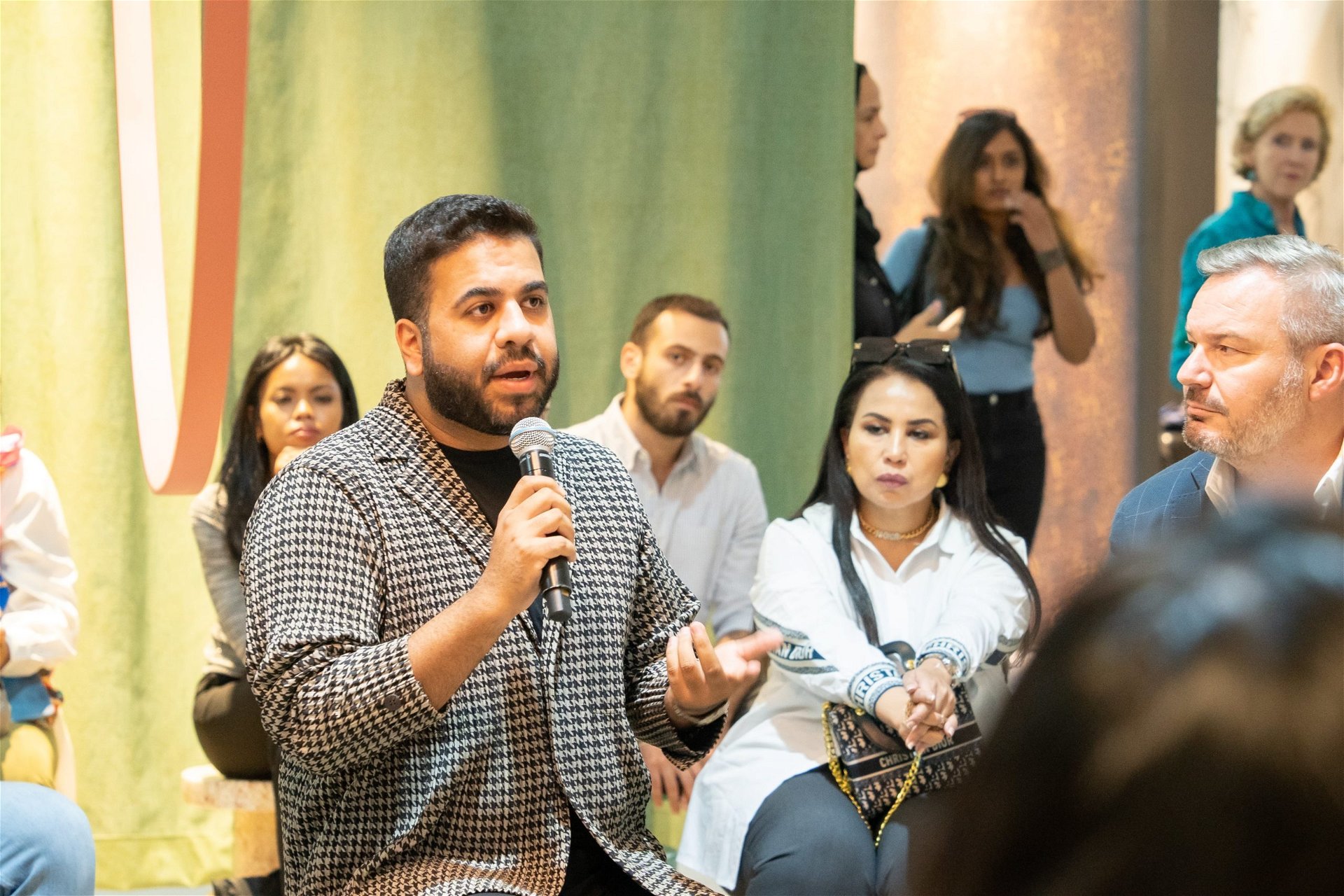
“Dubai has a different approach to sustainability in terms of materiality and design itself.”
-Meshary Al Nassar
The real estate market, particularly in luxury, has experienced an extreme boom unlike the one seen in 2008, according to Swasan Haber, founder and design director of Dipuigi Interior Architecture Studio. She identified new-age millionaires migrating to Dubai as a contributing factor.
Despite the harsh weather, these young millionaires wish to live in a city that is as advanced as Dubai, she says. Although the weather is harsh, this city with fewer restrictions, more opportunities, and a government that strategically dealt with the Covid pandemic and welcomed new talent is more attractive than their own country.
Another denominator that affects the economic and potential factors is the age group. David from Aritco points out that a survey taken in the year 2020 showed that about 18% of the population residing in the region are close to 70 years of age and this is likely to increase up to 24% by the year 2024.
The age group of people who earlier moved out of the city at this age are now staying back and upgrading to a more functional, spacious and luxurious home increasing the demand for spaces for the younger generation as well.
In addition, Meshary argues that luxury living is changing. From opulent chandeliers, glam and gold to quality and curated spaces, the concept of luxury living is evolving. Different types of housing are being created for customers by developers based on their age groups and nationalities. For instance, nationalities like the Lavant, who enjoy barbeques and social gatherings, appreciate the idea of outdoor and indoor quality.
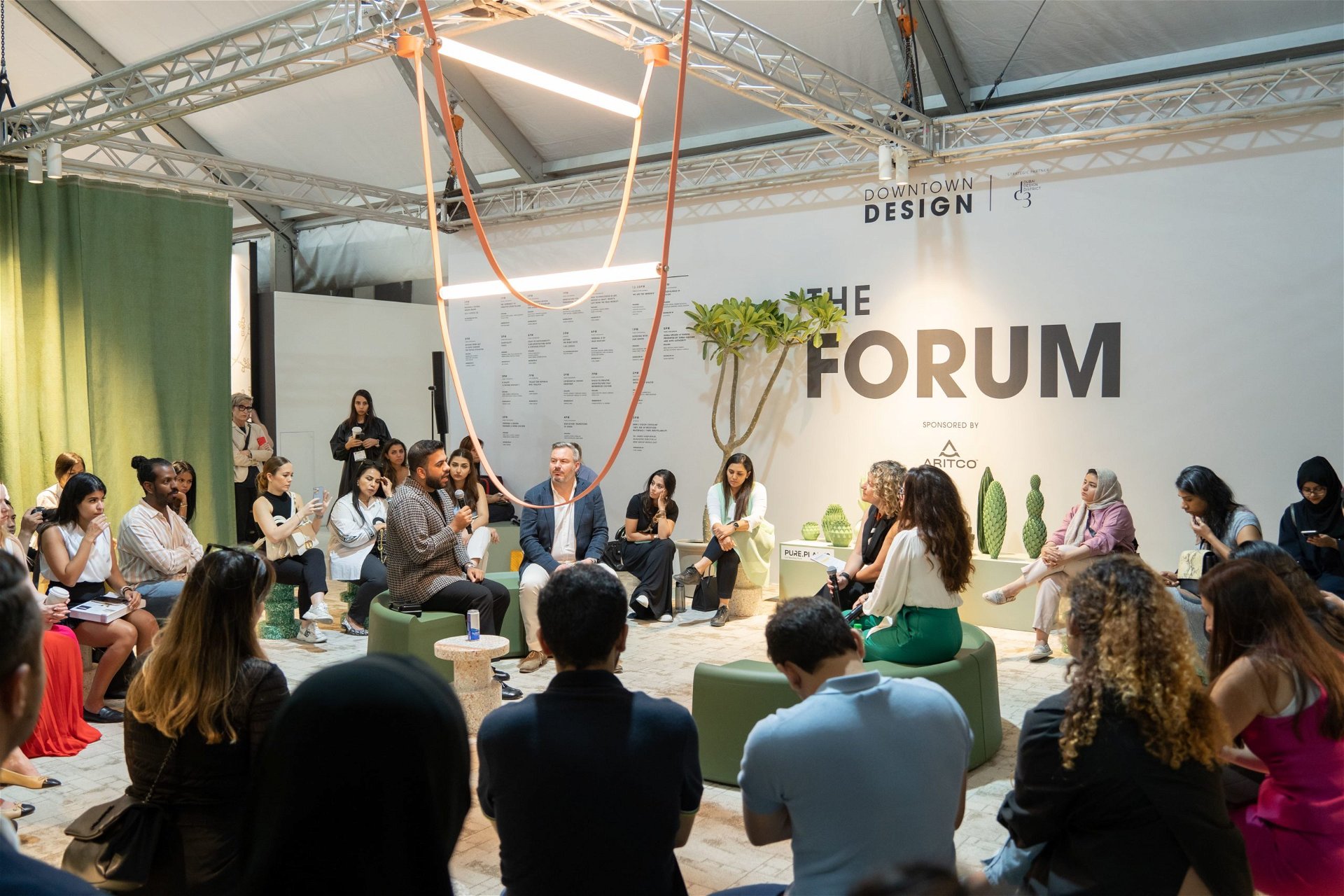
Sustainability in design: are they implemented as a necessity or a choice?
Aritco’s latest trend report revealed that in the past two years Google searches for “luxury brands and sustainability” have risen by 46% while four-in-five (80%) of luxury customers prefer socially responsible brands.
Historically, sustainability and environmental awareness were never at the forefront of the region’s luxury real estate sector by the developers, architects, designers, and homebuyers.
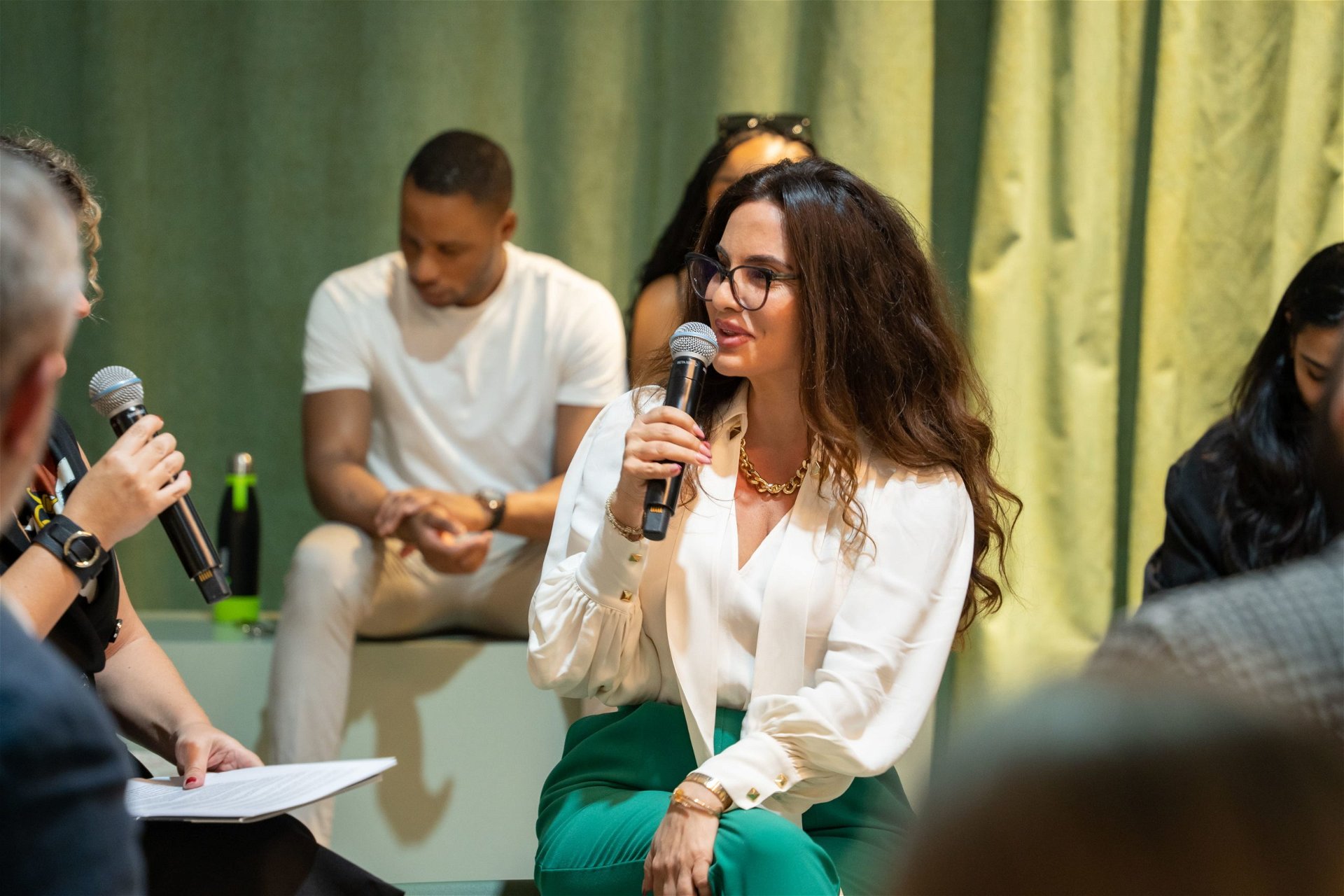
“The millennials have a totally different vision when it comes to luxury buying and designing of a house”
-Sawsan Habber
The younger generations are more connected socially, more exposed to the actual problem and believe that the responsibilities lie with them to rectify it. They want to add elements to their lives and homes that contribute to a cause and their feeling of giving back to nature is fulfilled. To create their unique identity they choose to showcase sustainability and their support towards it by increasing natural light, and solar panels and reducing the use of power says Sawsan.
“It is essential to create a mindset to produce good quality products with higher longevity in lifespan”
– David Schill, Aritco
From the architecture of the building to the products themselves, David says, we need to think about a longer lifespan in order to implement luxury sustainably.
“In Europe, architects usually design structures for 100 years, but in China, they think for 35 years, and this mindset reflects in the quality of their products and designs,” says David and adds that the global brands have understood the need for luxury and the necessity to find ways to implement that sustainably. “It is essential to create a mindset to produce good quality products with higher longevity.”
Commenting on the Kuwait market, Meshary says that sustainability was associated with convenience before the pandemic and the concept shifted towards a bigger emphasis on outdoor areas and using more organic and earthy materials. Even trends move towards such materials and emphasise natural biophilic features that reinforce sustainability in as many ways as possible.
“And people are now realising that sustainability isn’t only about solar panels, it’s how we consume, how we deliver the right spatial designs and how we interact within the space.”
-Meshary Al Nassar
Previously, according to Sawsan, sustainable products were mostly associated with recycled materials, but with luxury brands entering sustainability, new horizons have opened up for interior designers wanting to go green.
“For their value, authenticity, craftsmanship, and materials, luxury branded products are not handled carelessly or thrown away easily. They are even passed down from generation to generation”, comments Sawsan.
What’s next for luxury short-term rentals?
The concept of investing in short-term luxury rentals has been gaining momentum in the Middle East region recently.
While moderating Marina shared additional stats showing that Bnbme, which operates nearly 150 properties across the UAE and 20 in India, is now planning to expand into Saudi Arabia in 2023, starting with seaside villas in Dammam and spacious apartments in Makkah.
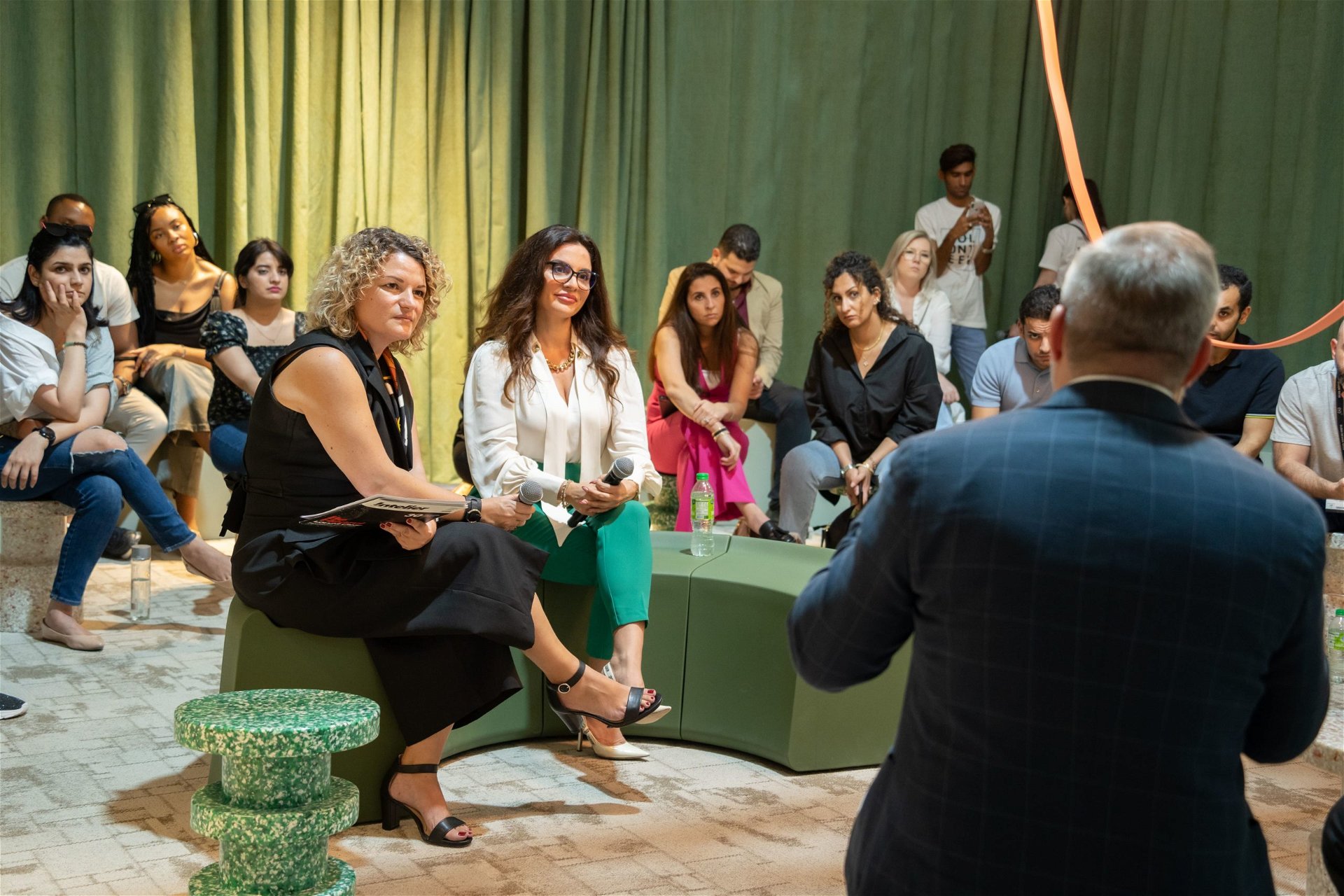
The short-term rental industry faces unique sustainability challenges. Because rental homes are dispersed, it is hard to streamline operations environmentally conscious. A hotel, on the other hand, has a much larger carbon footprint because it is open 24/7.
The Airbnb survey shows that 88% of hosts practice green practices, such as recycling 59% of waste, providing public transportation information 39%, supplying bulk toiletries 47%, and using green cleaners 40%.
In the region, short-term vacation rentals have always existed but were never regulated. By staying in such short-term vacation rentals, tourists and residents seek an exclusive experience native to the region instead of spending and staying in expensive suites.
“The power in these rentals lies with the consumer and not the hospitality sector and that’s a reason for its exponential growth.”
-Meshary Al Nassar
Saudi Arabia’s short-term rental industry is experiencing an increase in demand, interest, and enthusiasm. A large number of Saudis are now renting out portions of their homes or turning their vacation homes into luxury short-term rentals in order to let the world experience their true hospitality and culture.
The architecture in Jeddah, Dammam, and Riyadh is extremely diverse, and staying in buildings built more than 100 years ago is an unforgettable experience.
In Aritco’s case, the growth of short-term rentals is a result of making these properties accessible to more people. Incorporating their products into the overall interiors of the space and supporting different age groups that seek comfort is Aritco’s way of addressing these challenges from both a sustainability and design standpoint.
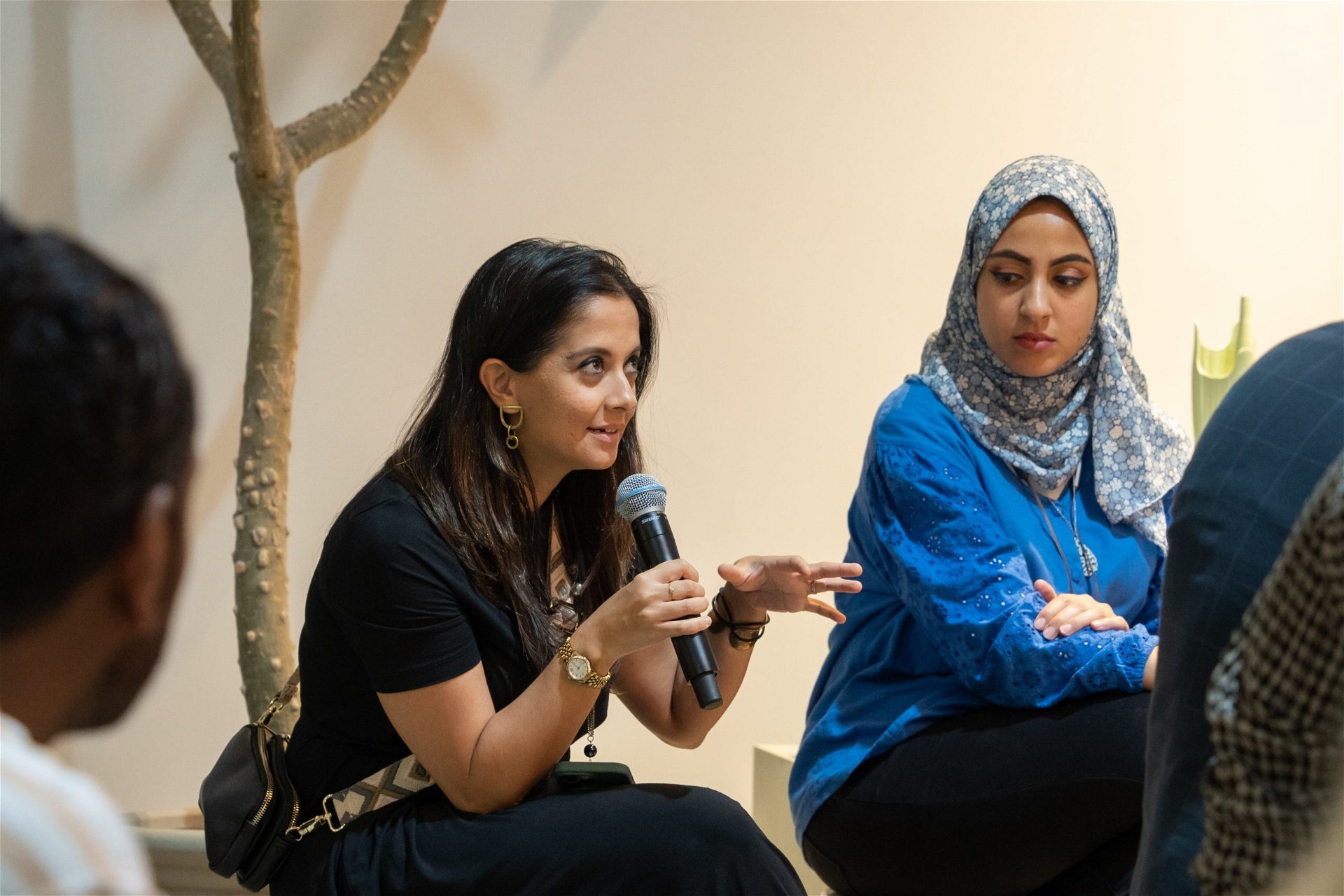
Swasan agrees that the short-term luxury rentals in the region face unique challenges on the sustainability front and that these properties are not regulated. Rentals in more established cities are more regulated regarding waste segregation, control of supplies and hygiene standards.
The Dubai short-term rental market is driven purely by profits, so property owners end up installing low-quality furniture and products that don’t last long. As this furniture becomes unusable and wastes, regulations can be established pertaining to what materials and finishes to use.
According to David Schill, we should not just think about products and zero emissions when it comes to sustainability. As a brand, we need to think about the right materials and durability in order to reduce CO2 footprints. The need to tear down and rebuild properties and real estate is significantly reduced if the products have a longer lifetime. By doing so, we can have a more sustainable footprint, and brands are working towards this goal. Our goal is to support the longevity of the house and household for generations by supporting changing lifestyles and delivering products that enable people to remain in their homes for longer periods.
Dubai’s Downtown Design fair provides the architecture and design community with chances to interact, network, and take part with vendors, exhibitors, and thought leaders within the sector. The Forum, sponsored by Aritco, featured keynotes, panel discussions, and ideas and views on industry challenges addressing the present and future of design.
All images courtesy of Intelier.


